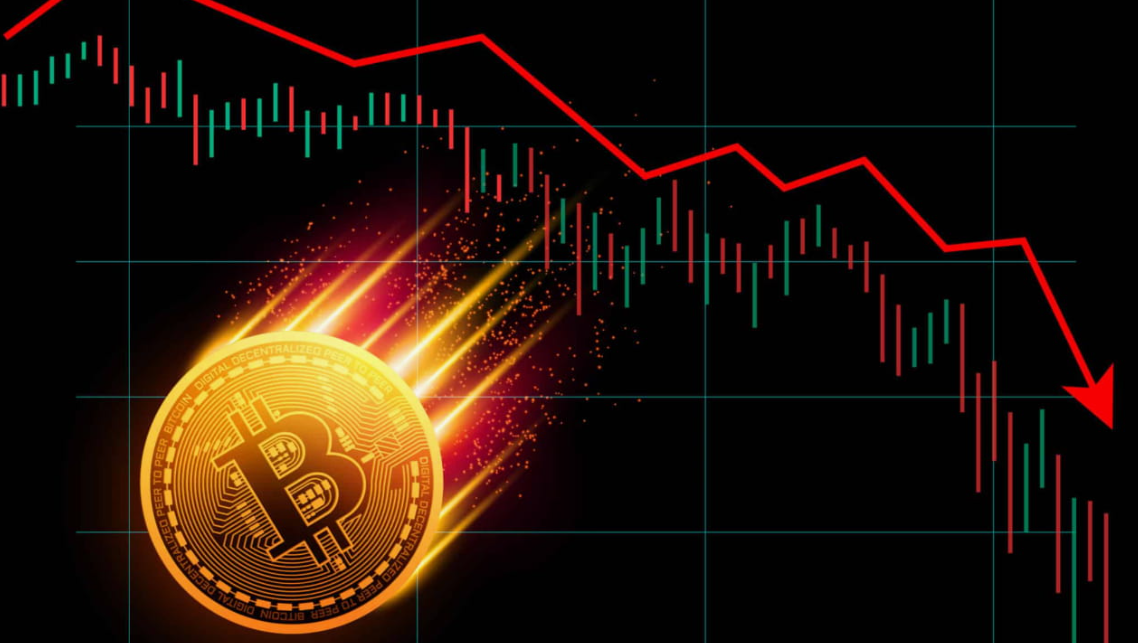Trading is a dynamic game. The market shifts in ways that can either make or break your strategy. If you’ve ever wondered why your perfect trade didn’t work out, it could be due to something simple—a ripple effect. Understanding how market shifts influence your trades is key to improving your trading game.
In this article, we’ll break down how these shifts work and how you can adjust your trading strategies to stay ahead of the game. We’ll also dive into key tools that platforms like FXpricing offer to help you make sense of it all.
What Are Market Shifts?
Market shifts happen when there’s a significant change in the price movement of assets like forex, cryptocurrencies, stocks, or commodities. These changes are often driven by different factors such as economic news, geopolitical events, or even natural disasters.
FXpricing, a leading provider of real-time data, helps traders keep track of these shifts by offering real-time and historical data. That way, you can react quickly when the market does something unexpected. Whether it’s the forex live rates or live charts for commodities, tools like this make it easier to spot trends.
Why Do Market Shifts Matter?
As a trader, market shifts should be your best friend and your worst enemy. They can either provide an opportunity to profit or a trap that wipes out your portfolio. The key is to understand why and when they happen.
Here are a few reasons why market shifts matter:
- Volatility: When a market shift occurs, volatility increases. This can either lead to higher gains or steeper losses.
- Unpredictability: No one knows exactly when a major market event will happen. But keeping track of live forex and stock data can give you a head start.
- Emotional Trading: Let’s face it—trading is emotional. Market shifts can trigger panic or excitement, causing you to make hasty decisions.
Main Causes of Market Shifts
Understanding what causes these shifts can help you anticipate them. Here’s a list of factors that often lead to major market shifts:
1. Economic News
News is a huge driver of market volatility. For example, when the U.S. Federal Reserve announces a change in interest rates, the ripple effect is felt across forex markets globally. Suddenly, the forex cross rates between major currencies like the Euro and the U.S. dollar start to move.
2. Geopolitical Events
Wars, elections, and even trade deals can impact market trends. A simple announcement of sanctions or trade restrictions can lead to a significant ripple effect in various markets. For example, a conflict in the Middle East could push oil prices up, affecting the stock and commodities markets.
3. Natural Disasters
Believe it or not, natural events like hurricanes or earthquakes can shake up markets. Think about it: a major disaster could disrupt production in a key area, driving up prices or reducing availability in that market. As a trader, it’s essential to react quickly to such shifts, which is where real-time data platforms like FXpricing become invaluable.
How Market Shifts Affect Your Trades
Now that we know what causes market shifts, let’s talk about how they influence your trades.
1. Price Spikes
Sometimes, a market shift results in a sudden price spike. If you’re lucky, this could mean profits. But it could also result in buying an asset at a peak price, leading to losses when the price drops.
2. Slippage
When the market moves quickly, it can lead to slippage—this is when your trade gets executed at a price different from what you expected. In volatile markets, this is common and can affect your overall trading strategy.
3. Margin Calls
A market shift can affect leveraged trades. If prices go against you, you might face a margin call, which forces you to deposit more funds or risk having your positions closed. This can be disastrous if you’re not prepared.
4. Losses Due to Emotions
As mentioned earlier, market shifts can cause emotional trading. It’s easy to get caught up in the excitement or panic and make impulsive decisions. This is why using data from platforms like FXpricing is crucial—it helps you stay objective by providing real-time information.
How to Adjust Your Strategy to Handle Market Shifts
So, how do you protect yourself from the downside of market shifts? More importantly, how do you leverage them to make gains?
1. Stay Informed
The best way to handle market shifts is to stay informed. Using FXpricing’s real-time data on forex, stocks, and commodities can help you track shifts as they happen. If you know when a shift is happening, you can adjust your trades accordingly.
2. Use Stop-Losses
One of the simplest and most effective tools for managing market shifts is the stop-loss order. A stop-loss ensures that if a trade moves against you by a certain amount, your position gets closed automatically, protecting you from further losses.
3. Diversify
Diversifying your portfolio can protect you from big market shifts. If you have trades spread across forex, stocks, and commodities, then a major shift in one asset class won’t wipe out your entire portfolio.
4. Follow Trends, But Be Cautious
Trends are useful for predicting where the market might head next, but don’t blindly follow them. Always keep an eye on real-time market data and be ready to adjust if things change.
Tools to Help You Track Market Shifts
Tracking market shifts in real-time can make a huge difference in your trading performance. That’s where FXpricing comes into play. Their tools provide live charts, historical data, and even customizable dashboards to help you keep track of these shifts.
1. Real-Time Data
You need up-to-the-second information, and FXpricing provides just that for forex, crypto, and commodities. Whether you’re a day trader or a long-term investor, real-time data can help you anticipate market shifts.
2. API Integration
If you want to automate your trading, FXpricing offers APIs that you can integrate into your trading platform. This means you can execute trades based on real-time market shifts automatically.
3. Market Analysis
Sometimes, market shifts are hard to interpret. That’s why FXpricing provides market analysis and news updates to help you make sense of the data. You’ll know not just that a shift has occurred, but why.
4. Customizable Dashboards
One size doesn’t fit all when it comes to tracking market shifts. FXpricing offers customizable dashboards so you can track the markets and assets that matter most to you.
Conclusion: Ride the Market Waves
Market shifts can be unpredictable, but that doesn’t mean you have to lose out. By staying informed and using the right tools—like those offered by FXpricing—you can make better trading decisions and even profit from these shifts.
Remember, the ripple effect is real, and how you handle it will make all the difference in your trades.
FAQs
1. What is a market shift?
A market shift is when there’s a significant change in the price of assets like forex, stocks, or commodities due to external factors like economic news, geopolitical events, or natural disasters.
2. How do market shifts affect trades?
Market shifts can lead to increased volatility, price spikes, slippage, margin calls, and emotional trading, all of which can affect your profits and losses.
3. How can I protect myself from market shifts?
You can protect yourself by staying informed with real-time data, using stop-losses, diversifying your portfolio, and following trends carefully.
4. What tools does FXpricing offer to help track market shifts?
FXpricing provides real-time data, market analysis, customizable dashboards, and APIs to help you stay ahead of market shifts and improve your trading strategy.
5. How often do market shifts happen?
Market shifts can happen at any time and are often unpredictable. They can be triggered by news, events, or other external factors, making it essential to always stay informed.





